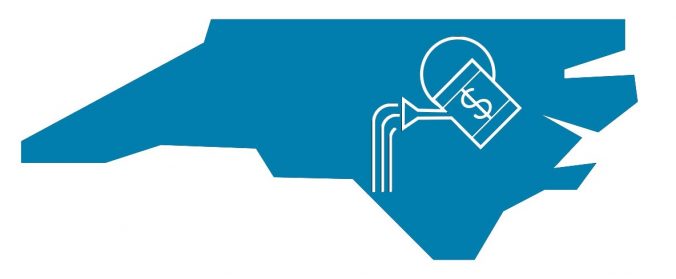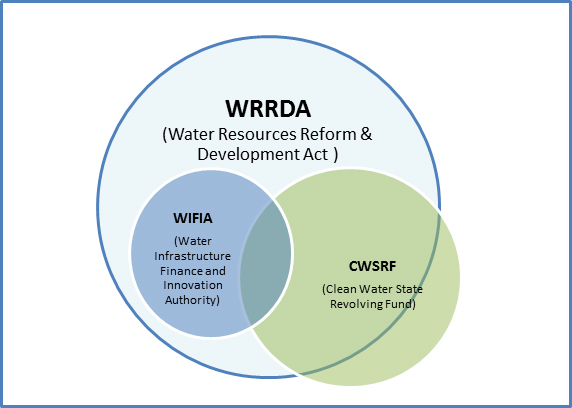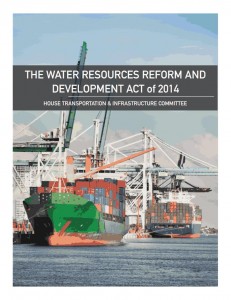My colleague Stacey Isaac Berahzer, a senior project director here at the Environmental Finance Center, made her podcast debut this week on The Water Values Podcast, a series specifically focused on drinking water finance and management. The Water Values is one of several podcast series that feature content on the drinking water sector.
For those who don’t know, a podcast is an audio file available for download to your computer or mobile device. Podcasts typically take the form of interviews or stories, and it is a relatively new way to disseminate information about important drinking water topics. Episodes can be as short as 10 minutes or as long as an hour, and they are a good format to explore issues in greater depth.
Some podcast series focus exclusively on drinking water topics, whilst others are focused more broadly on government, environment, or finance topics, and occasionally feature episodes on drinking water.
The following is a collection of 12 informative podcast episodes related to drinking water finance and management, ordered by air date: Continue reading







